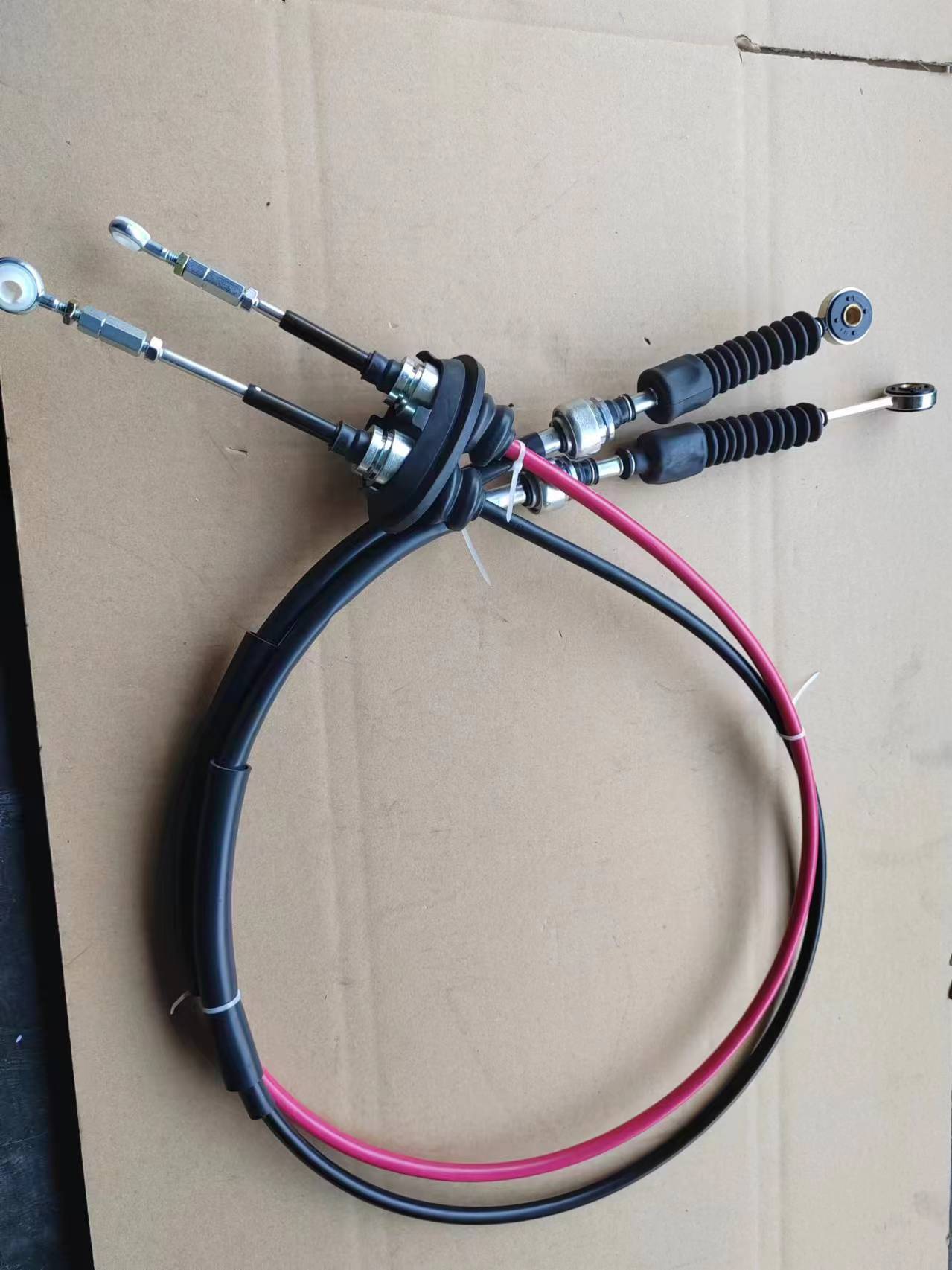Throttle Cable Management for Enhanced Performance and Smooth Driving Experience
Understanding Throttle Cable Control in Automotive Engineering
Throttle cable control plays a crucial role in the performance and operation of many vehicles, particularly those powered by internal combustion engines. This control mechanism is fundamental in regulating the air intake into the engine, thereby influencing its power output and efficiency. Understanding how the throttle cable works and its significance helps both automotive enthusiasts and vehicle owners appreciate the intricacies behind their machinery.
What is Throttle Cable Control?
Throttle cable control refers to the system that connects the accelerator pedal to the throttle body, the component responsible for regulating the airflow into the engine. Traditionally, this system consists of a flexible cable that is pulled and released as the driver presses the accelerator pedal. In modern vehicles, especially those equipped with electronic throttles, this system may utilize sensors and electronically controlled actuators, but the underlying principle remains similar.
Historical Context
In the early days of automotive engineering, throttle cables were the standard method for controlling engine power. A simple mechanical linkage allowed drivers to directly influence the engine's throttle position. As technology evolved, so did throttle control systems; manufacturers began to integrate electronic controls to enhance performance, reduce emissions, and improve fuel efficiency.
The Functionality of Throttle Cable Control
The throttle cable serves a dual purpose it not only conveys the driver's input but also plays a role in the vehicle's overall performance dynamics. When the driver presses down on the accelerator pedal, the cable is pulled, which opens the throttle valve located in the engine's intake manifold. This action allows more air (and fuel, if applicable) to enter the combustion chamber, resulting in increased power output.
Conversely, releasing the pedal results in the throttle closing, thereby decreasing the airflow and power. The responsiveness of the throttle cable can significantly affect how a vehicle accelerates, driving comfort, and fuel efficiency. A well-tuned throttle cable ensures that acceleration is smooth and predictable, giving drivers confidence in their vehicle’s response.
Signs of Throttle Cable Issues
throttle cable control

Like any other mechanical component, throttle cables are prone to wear and tear. Common signs of a failing throttle cable include
1. Sticky or Unresponsive Accelerator Pedal This is often a sign that the cable may be fraying or binding somewhere along its length. 2. Inconsistent Engine Response If the engine responds unpredictably to accelerator inputs, it could indicate a problem with the throttle control system. 3. Unusual Noises Clicking or grinding noises when pressing the accelerator are warning signs that maintenance may be required.
4. Check Engine Light In vehicles with electronic throttle controls, a malfunction may trigger the check engine light, signaling the need for diagnostics.
Maintenance and Repair
Regular inspection of the throttle cable is essential to ensure it remains in good working condition. Drivers should periodically check for signs of damage, such as fraying or excessive wear. If any issues are detected, it may be necessary to replace the throttle cable to maintain optimal performance.
In the case of vehicles with electronic throttle systems, diagnostic tools are often required to assess performance. Mechanic professionals can reset or recalibrate the system if necessary, ensuring that the vehicle operates smoothly and safely.
The Future of Throttle Control
As automotive technology progresses, the trend is moving towards more advanced electronic throttle control systems. These systems offer several advantages, including improved fuel efficiency, enhanced engine performance, and the ability to integrate with advanced driver-assistance systems (ADAS). Electronic control allows for more precise adjustments to the throttle position, delivering a superior driving experience.
Conclusion
Throttle cable control, while a seemingly simple mechanism, is essential for the performance and efficiency of a vehicle. Regular maintenance, awareness of potential issues, and understanding the evolution of throttle control systems are crucial for any driver. Whether dealing with traditional mechanical setups or cutting-edge electronic systems, the importance of effective throttle control cannot be overstated in today’s automotive landscape. As technology continues to evolve, staying informed about throttle control systems will ensure that drivers can maximize their vehicle's capabilities while enjoying a safe and comfortable ride.
-
Upgrade Your Vehicle with High-Quality Handbrake CablesNewsNov.01,2024
-
Optimize Your Bike's Performance with Quality CablesNewsNov.01,2024
-
Enhance Your Vehicle's Performance with Quality Clutch ComponentsNewsNov.01,2024
-
Elevate Your Vehicle's Performance with Quality Throttle CablesNewsNov.01,2024
-
Elevate Your Vehicle's Performance with Quality CablesNewsNov.01,2024
-
Affordable Solutions for Your Cable NeedsNewsNov.01,2024
